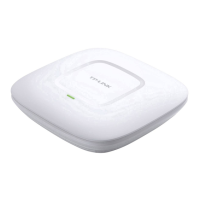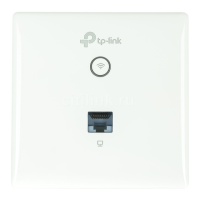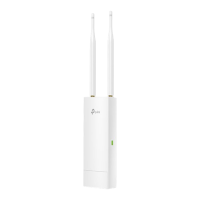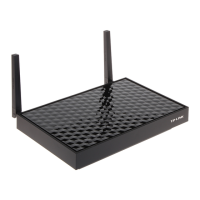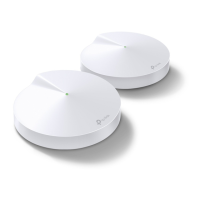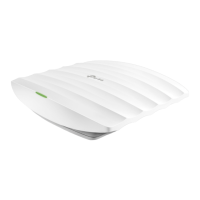5.5.2 Station EDCA Parameters
Station EDCA parameters affect traffic flowing from the client station to the EAP device.
Figure 5-31 Station EDCA Parameters
Queue
Queue displays the transmission queue. By default, the priority from high
to low is Data 0, Data 1, Data 2, and Data 3. The priority may be changed
if you reset the EDCA parameters.
Data 0 (Voice)—
Highest priority queue, minimum delay. Time-sensitive
data such as VoIP and streaming media are automatically sent to this
queue.
Data 1 (Video)—High priority queue, minimum delay. Time-sensitive
video data is automatically sent to this queue.
Data 2 (Best Effort)—Medium priority queue, medium throughput and
delay. Most traditional IP data is sent to this queue.
Data 3 (Background)—
Lowest priority queue, high throughput. Bulk
data that requires maximum throughput and is not time-sensitive is sent
to this queue (FTP data, for example).
Arbitration Inter-
Frame Space
A wait time for data frames. The wait time is measured in slots. Valid
values for Arbitration Inter-Frame Space are from 0 to 15.
Minimum Contention
Window
A list to the algorithm that determines the initial random backoff wait
time (window) for retry of a transmission. This value can not be higher
than the value for the Maximum Contention Window.
Maximum
Contention
Window
The upper limit (in milliseconds) for the doubling of the random backoff
value. This doubling continues until either the data frame is sent or the
Maximum Contention Window size is reached.
This value must be higher than the value for the Minimum Contention
Window.
30
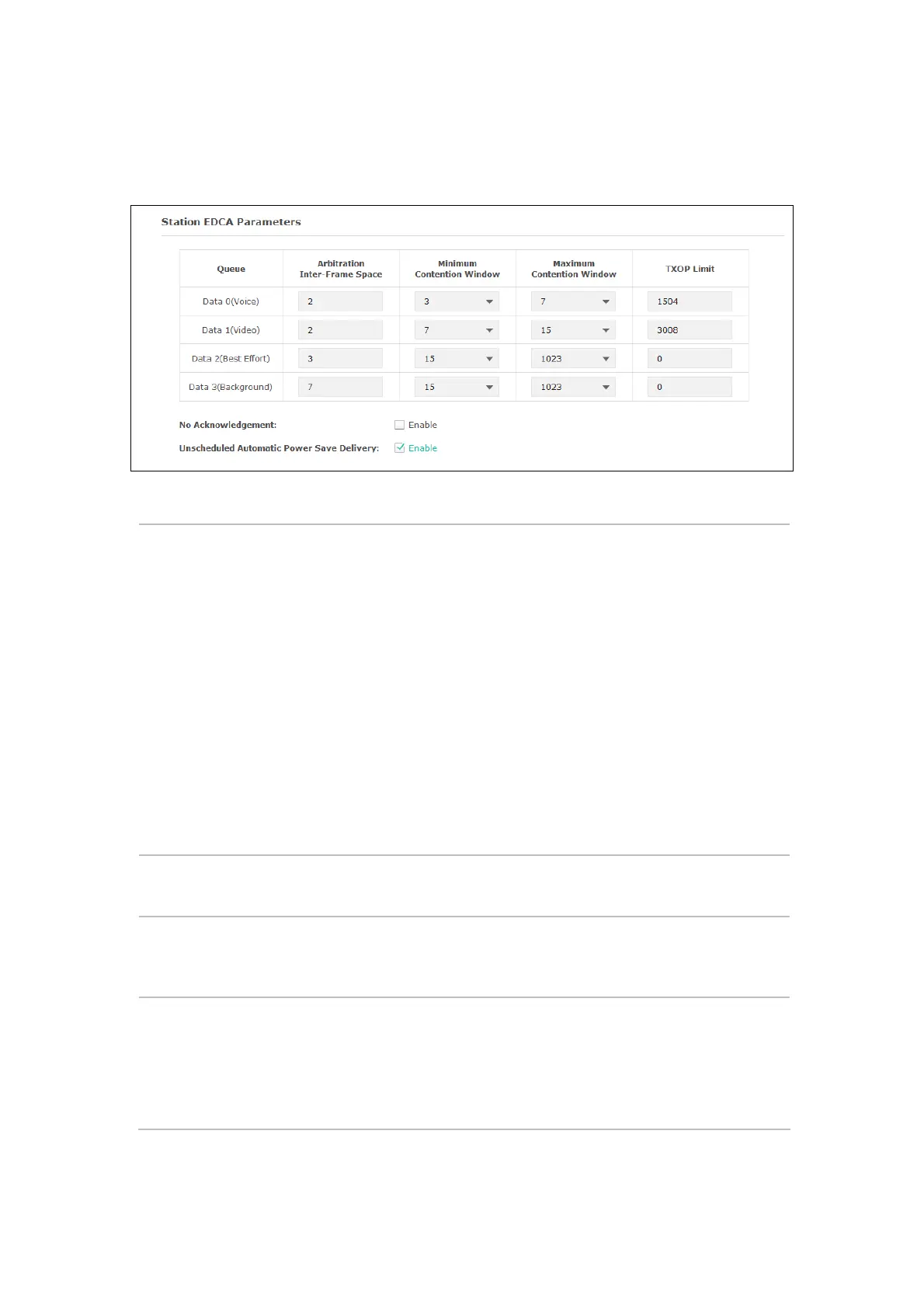